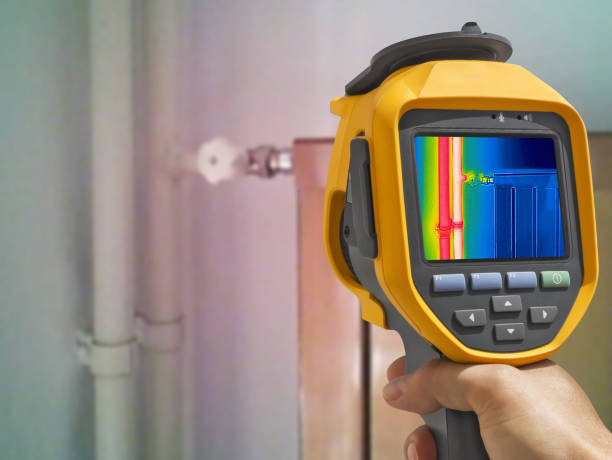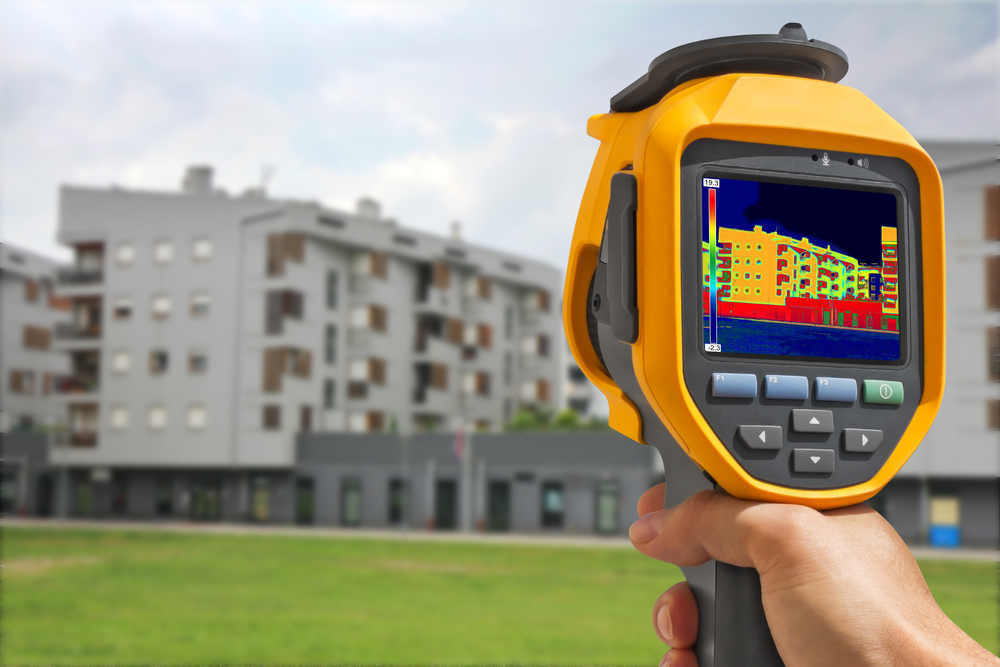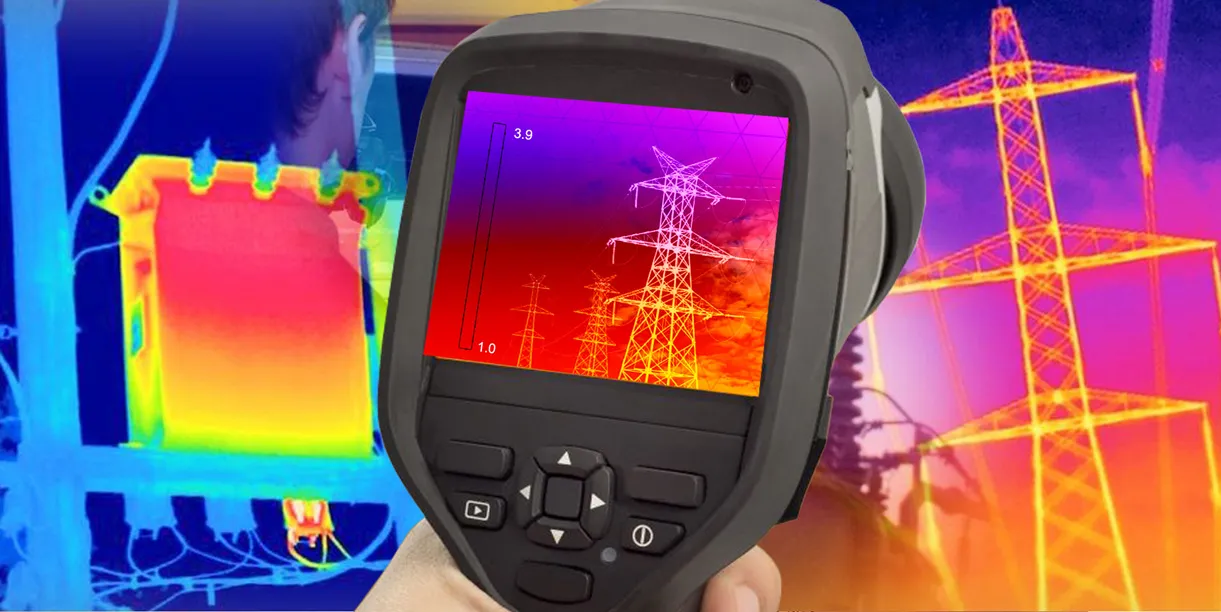As we delve into the future of thermography, it becomes evident that this technology is on the cusp of a remarkable transformation. While thermography has already proven its worth in various fields, including business operations, new and emerging technologies are set to elevate its capabilities even further. In this article, we will explore the exciting developments on the horizon for thermography, shedding light on how these innovations will shape its future.

Advancements in Sensor Technology
One of the key areas of development in thermography is sensor technology. The sensors used in thermal imaging cameras are becoming more sophisticated, enabling higher resolution and improved temperature measurement accuracy. As a result, businesses can expect to capture even more detailed and precise thermal data in the future.
Integration with Artificial Intelligence
The marriage of thermography and artificial intelligence (AI) is a game-changer. AI-powered algorithms can analyze vast amounts of thermal data in real-time, identifying patterns and anomalies that may be imperceptible to the human eye. This integration will lead to more accurate predictive maintenance, enhanced safety protocols, and better decision-making.
Miniaturization of Thermal Cameras
In recent years, we have witnessed the miniaturization of thermal cameras. These compact devices are becoming more affordable and portable, making them accessible to a broader range of applications. In the future, we can expect thermal cameras to be integrated into smartphones, wearable devices, and even drones, opening up new possibilities for data collection and analysis.

Augmented Reality (AR) and Thermography
Imagine being able to see thermal data overlaid on your real-world environment through AR glasses. This futuristic application of thermography has the potential to revolutionize industries such as maintenance and repair. Technicians wearing AR glasses could instantly access thermal information, making troubleshooting and repairs faster and more efficient.
Healthcare and Thermography
In the field of healthcare, thermography holds great promise. Emerging technologies are enabling the development of non-invasive, contactless thermal imaging devices that can be used for early disease detection and monitoring. These devices have the potential to transform the way medical professionals diagnose and treat a wide range of conditions.
Environmental Monitoring
Environmental conservation is another area where thermography is making strides. In the future, advanced thermal imaging systems will be used to monitor ecosystems, detect changes in wildlife behavior, and assess the impact of climate change. This data will be invaluable for scientists and conservationists working to protect our planet.
Conclusion
The future of thermography is brimming with potential. From advancements in sensor technology to the integration of AI, miniaturization, and the fusion of thermography with AR, this technology is poised to transform industries and improve our lives in myriad ways. As we continue to push the boundaries of what is possible with thermography, we embark on an exciting journey towards a more efficient, safer, and healthier future.
How accurate are future thermography technologies expected to be?
Future thermography technologies are expected to offer even higher accuracy and precision in temperature measurement, thanks to advancements in sensor technology.
Can I expect to see thermal cameras in consumer devices like smartphones?
Yes, as miniaturization continues, thermal cameras may become a standard feature in consumer devices, allowing individuals to use thermography in various aspects of their daily lives.
What are the potential applications of AR and thermography?
AR and thermography can be used in various fields, including maintenance, construction, and even gaming. The combination of thermal data with real-world visuals has exciting possibilities.
Are there any privacy concerns with the use of thermal imaging in consumer devices?
Privacy concerns may arise with the widespread adoption of thermal imaging in consumer devices. It will be essential to address these concerns through legislation and ethical practices.
How can thermography benefit healthcare?
Thermography in healthcare can aid in early disease detection, monitoring of chronic conditions, and even assessing the effectiveness of treatments without invasive procedures.
How will environmental monitoring benefit from thermography?
Thermography will allow scientists to monitor ecosystems, track changes in wildlife behavior, and assess environmental conditions more accurately, aiding in conservation efforts.







